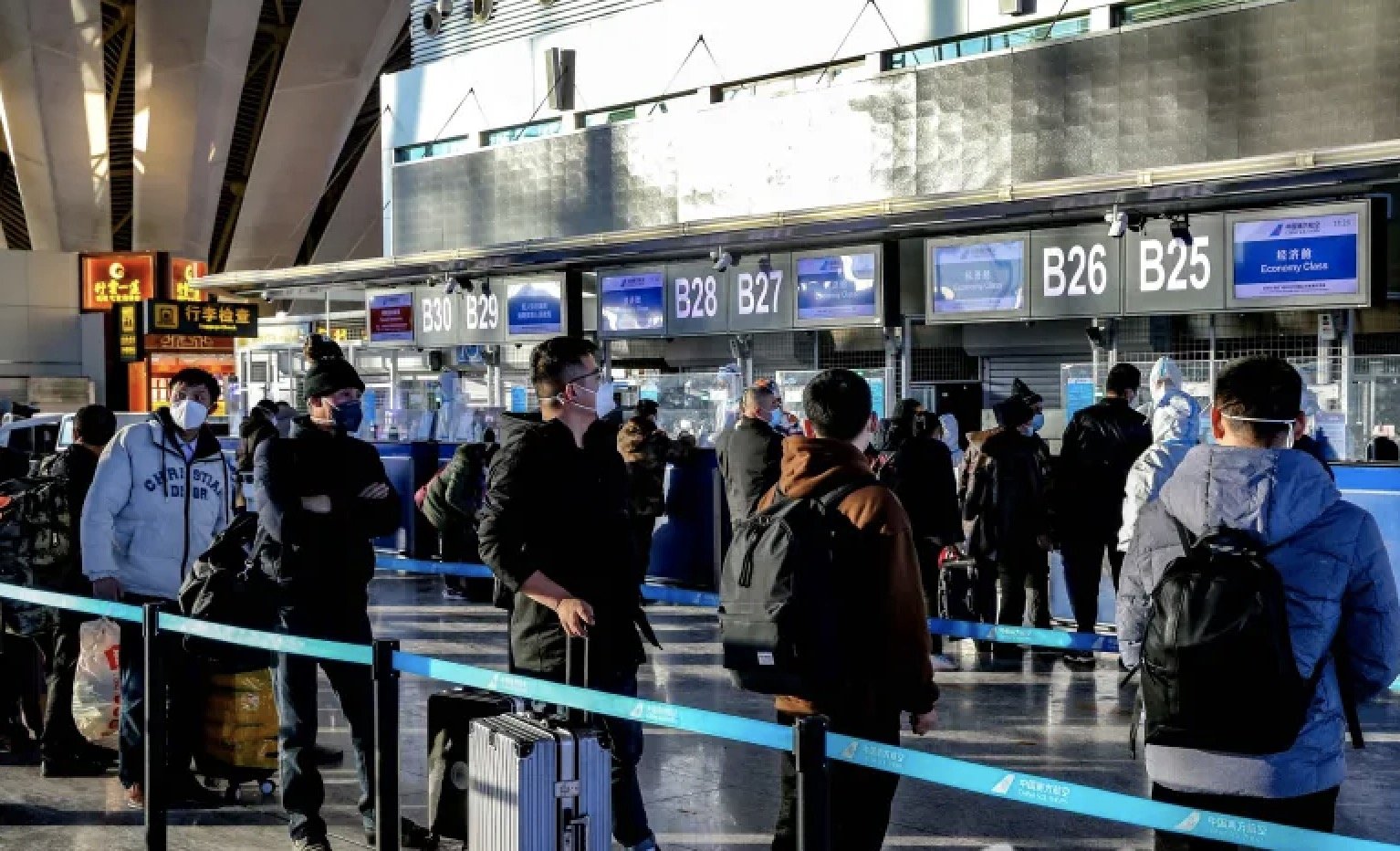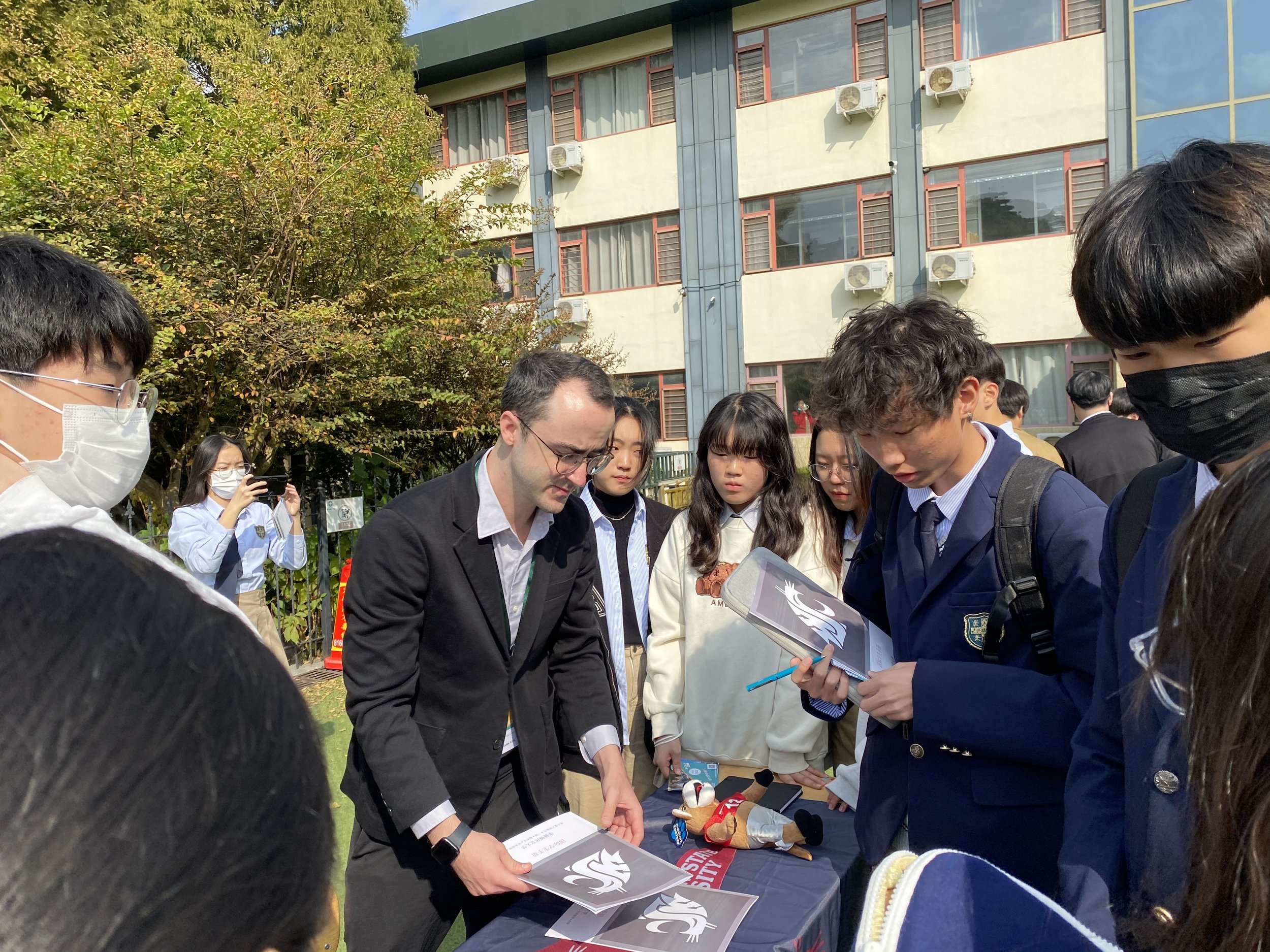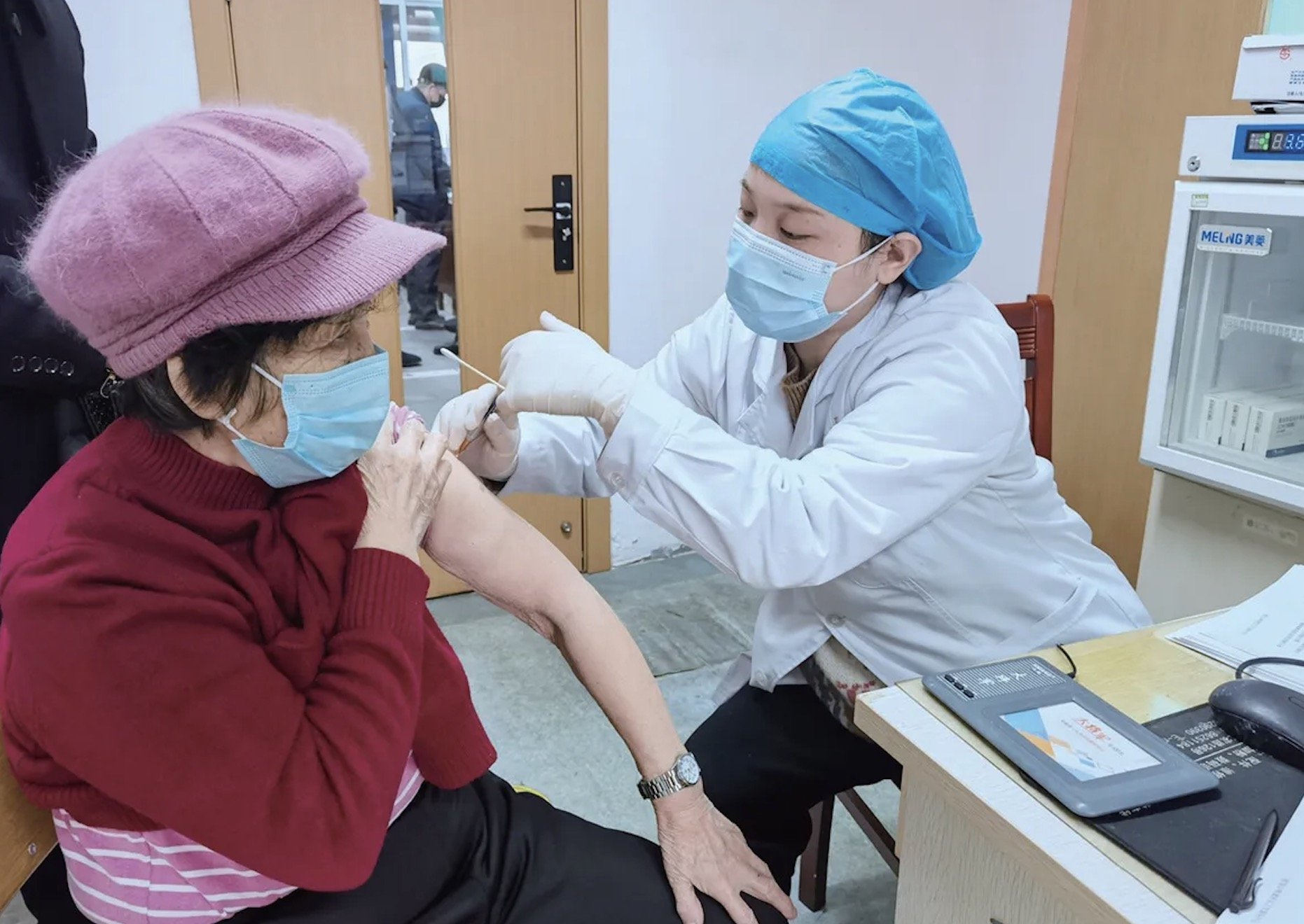China’s COVID Climbdown: What Does the Phaseout of Zero COVID Mean for International Educators?
In early December, Chinese authorities announced sweeping measures to relax the country’s strict COVID restrictions, moving at a speed that surprised many observers. Authorities have removed most of the PCR testing booths, a ubiquitous sight in Chinese cities until last month. PCR tests are no longer required to access many public spaces. Open-ended city-wide lockdowns have been lifted. China’s contact tracing app now no longer tracks domestic travel history. On December 12th, Qin Gang, China’s ambassador to the United States, said "Now the measures are being relaxed, and in the near future, I believe that the measures will be further relaxed and international travel will become easier ... from all the directions to China."
Most PCR Testing Stations are closed in Beijing
International educators and recruiters have cause for celebration. The policy shift makes it easier to attend recruitment tours in China and independent college fairs. Chinese students overseas will be more easily able to return home for holidays and summer jobs. State news outlets are less likely to stir up fear among parents about COVID case numbers overseas. Students who need to travel to apply for a visa won’t have to worry about intercity travel limits. In the short term, in-country university representatives (and those coming from overseas who are willing to quarantine for 8 days) will be able to plan recruitment travel in China with greater certainty, and students who have had limited access to college fairs for 3 years will have more opportunities to meet admissions officers from around the world. For overseas-based recruiters, we expect travel to China to become more comfortable and convenient by April and to fully return to pre-pandemic normalcy by July.
While these developments are certainly exciting, some important questions remain for international educators:
When can I go to China (from overseas) for recruitment travel?
It’s possible now! Recruitment travel to China from overseas has been possible since July. The issues we saw in fall 2021 with flight costs, quarantine, and uncertainty with city-wide lockdowns have subsided. In particular:
Flights have become much cheaper and more reliable since China ended the “circuit-breaker” policy for flight cancellations in November.
Domestic travel is much simpler with the end of the travel tracing app, simplifying recruitment tours and nation-wide travel.
Mandatory hotel quarantine has decreased to 5 days, plus 3 days at home (or for those who live overseas, 8 days of hotel quarantine). We expect quarantine times to further decrease in the coming months.
China’s Reopening Sparks A Surge In Domestic Flights
When will quarantines end?
Chinese officials have publicly stated that quarantines will go down. It’s impossible to say for certain when quarantines will go down in the coming weeks and months, but the momentum toward reduced quarantine is clear. Starting on December 13th, Hong Kong eliminated restrictions and quarantines for arrivals, and local media report that quarantine-free travel between Hong Kong and Mainland China will start as early as January. Authorities in the Mainland have often used Hong Kong to pilot new policies, so this will be a valuable indicator for future relaxation. Our expectation is that quarantines will go down in January for some travelers in order to accommodate Chinese New Year travel (perhaps first for Chinese citizens, business travelers, or entry from Hong Kong) and will substantially decrease after the conclusion of the National People’s Congress in mid-March. We estimate that quarantines will either be eliminated entirely or last less than 72 hours by the end of June.
Will college fairs be like they were in 2019?
Some high schools in Shanghai have already announced that they will be hosting in-person college fairs in March, and recruitment tour providers such as Sunrise will be hosting recruitment tours in April and May. Some campuses may require masks or antigen rapid tests to enter, but fairs will otherwise return to pre-pandemic normalcy.
2022 Sunrise Fall Tour at Qingdao Galaxy School
This all sounds great, but what are the chances that China reverses course if there is a large outbreak?
We think that reversal at this point is very unlikely for several reasons:
The central government in Beijing has signaled a clear shift to reopening and efforts to treat rather than contain COVID. Beijing released a 10-point plan to roll back the strictest COVID policies. Sun Chunlan, the Vice Premier who oversaw many of the lockdowns, made a high-profile speech stating that the current Omicron variant is much less dangerous and that officials should focus on treatment and vaccination.
Chinese state media is now downplaying the risks of long COVID, a sharp departure from older pronouncements on the dangers of the virus.
During the past week, Beijing has seen crowded hospitals and high case counts, but Sun Chunlan was seen visiting local hospitals, rather than allow authorities to impose a lockdown. This signal is important, since authorities are more sensitive to problems in the capital, and Sun has been tasked with announcing lockdowns in the past.
With the need to mend the economic damage of the 2022 lockdowns and avoid public unrest, the central government has persistent incentive to stay the course with reopening.
Since China has dismantled much of the mass PCR testing infrastructure, its ability to accurately measure and track cases has diminished. Even if a local government wanted to impose a lockdown, they would lack good data about infections to justify a lockdown.
Authorities have much to do in the coming weeks and months to increase ICU capacity, improve vaccination rates, and build confidence among the Chinese public. But official policy and public signals are clear that reopening must move forward.
China Targets High-risk Groups With Vaccination Campaign As Reopening Pressure increases
How is the reopening being phased?
While official signals are clear that reopening must move forward, reopening will be incremental, and authorities will certainly consider vaccination rates and the number of excess deaths as they assess when to move onto newer phases of reopening. Authorities have not explicitly announced phases or timeframes, but we think that the following represent the major milestones for reopening as it relates to higher education:
Phase 1: Limits on domestic travel are minimal, with local governments scrapping requirements to show a PCR test to enter cities or public spaces.
Phase 2: Controls on large-scale gatherings (such as conferences and fairs) are minimized.
Phase 3: International travel limits are relaxed, with shortened quarantines for international arrivals and authorities issuing passports for tourism.
Phase 4: Quarantines for international arrivals are eliminated.
Phase 5: Testing requirements for international travel and mask requirements for large gatherings are eliminated.
What are key indicators to watch out for?
We’re keeping a close eye on a few key indicators:
Reduction of testing requirements to enter all public spaces, and the continued dismantlement of PCR testing stations
The tone and content of articles in state media, comments from key officials like Sun Chunlan, and remarks from key former officials like Zhong Nanshan and Zeng Guang.
Whether international airlines restart direct flights to China again. Etihad has already restarted flights to China, so more carriers resuming operations would be a good indicator.
Official commentary on Hong Kong’s full reopening and the possible opening of the Hong Kong-Mainland border in January.
Etihad Airways has resumed passenger flights between Abu Dhabi and Beijing on July 6th, 2022.
How should universities plan around the uncertain pace of reopening?
We expect that announcements of shorter quarantines and internal reopening will be made with little advance notice, so we recommend that recruiters create a contingency plan and decision tree regarding travel to China to be prepared for a sudden reopening announcement. It would be valuable to determine which staff members have a pressing need to travel to China, how long is an acceptable hotel quarantine for those different staff members, and how many weeks of prior notice would be required to effectively plan a trip to China. In determining acceptable lengths of quarantine, it’s also worth bearing in mind that each day of quarantine carries accommodation and food costs (usually about $100 per day). This may vary based on personal preference, professional necessity, and institutional policy, so we recommend establishing those in advance to allow for travel planning that is both well-considered and agile.
At Sunrise, we welcome these policy developments as China reopens to international travelers. Chinese students and partners look forward to meeting overseas universities after three long years of online meetings, and we invite you to get in touch with us as you plan your travel in 2023!





